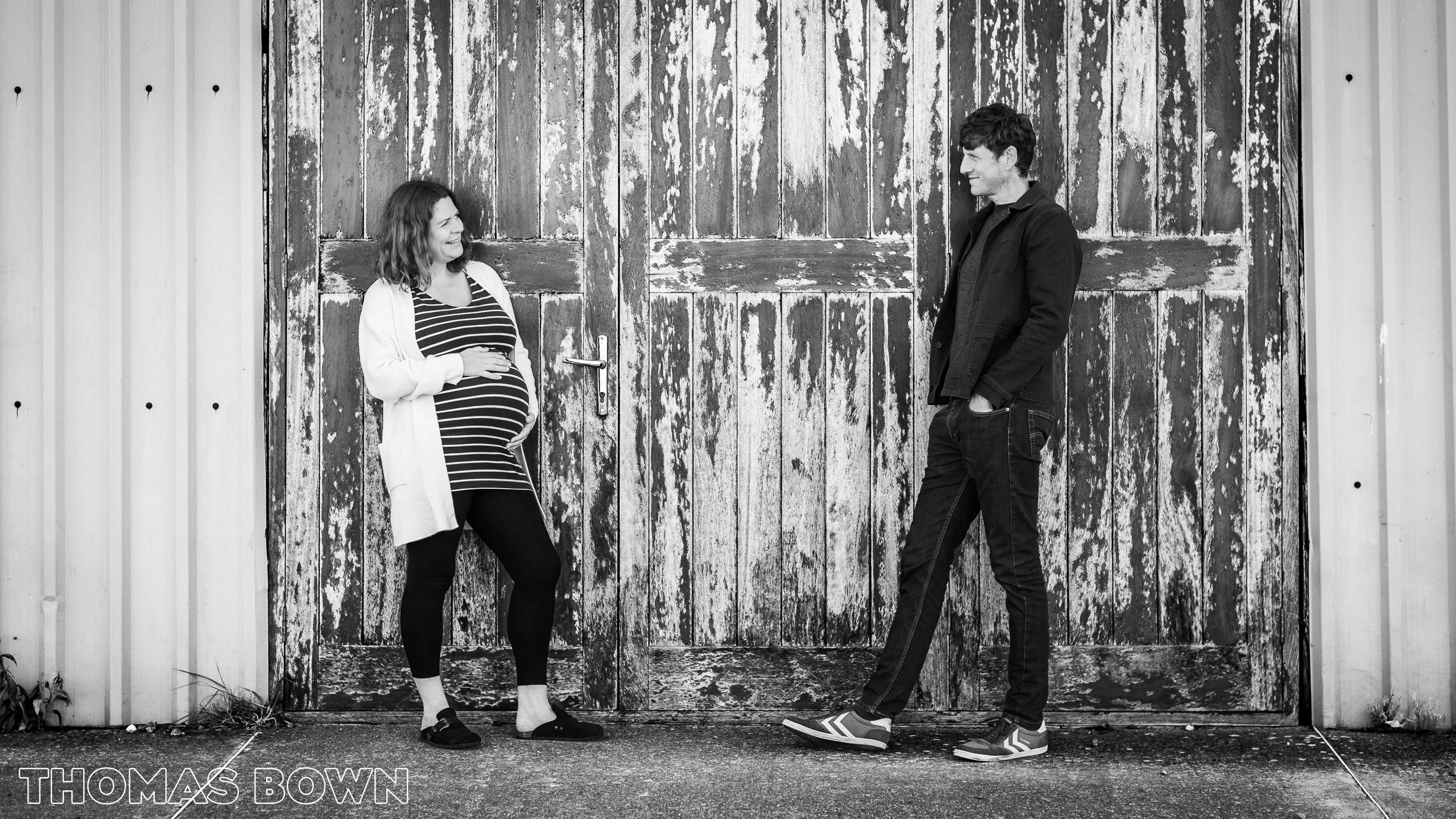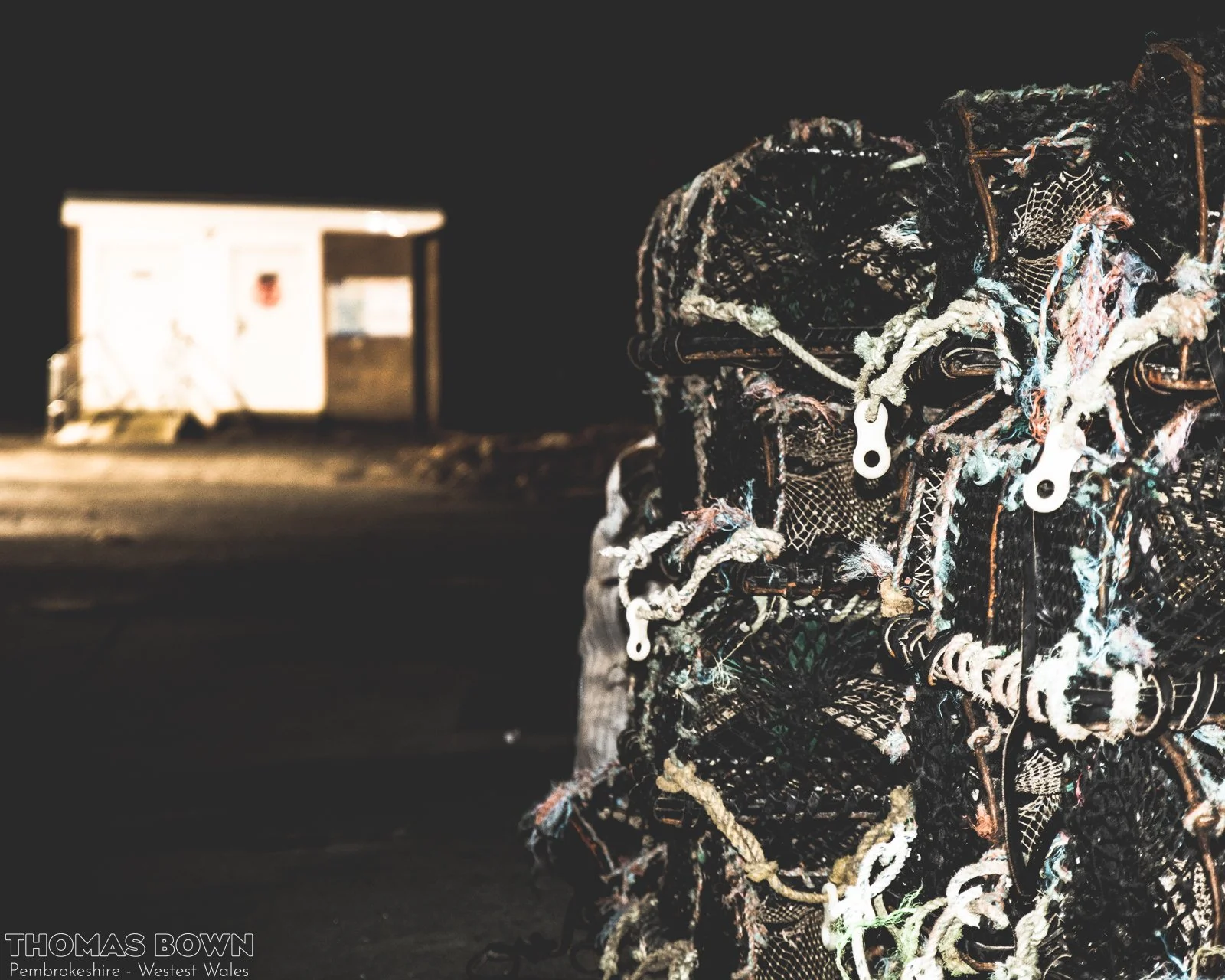Ceri and Martin are close to welcoming their new addition to the world and wanted some pictures of them and their bump before life gets a bit more chaotic! We took a stroll around the waterside at Milford Haven docks for a relaxed shoot as the sun was disappearing.
milford haven
Valero Refinery
Not the usual views from Pembrokeshire, but the industrial side of the county has always fascinated me. Around the Milford Haven waterway, the contrast between the natural, ancient beauty of the county and the modern landscape is stark and the reality of the technology that we still rely on for our everyday needs is clear to see. There’s not many places you can get a look at the refinery without access so I was only able to shoot these images on a long lens through the chainlink perimeter fence.
I found an interesting article here on the history of the Haven but this made me laugh as some might say it still has a ring of truth…
The haven had been used as a significant port since the Middle Ages but the modern-day town of Milford did not exist until 1792 when the first of the Nantucket Quakers arrived in west Wales from America and quickly made it their home.
Seven whaling families, fleeing from the American War of Independence, were encouraged to settle in the town by Sir William Hamilton, who was granted permission by Act of Parliament in 1790 to "provide Quays, Docks, Piers and other erections" and develop a new town.
Milford at this time was a rather bleak, unpopulated and undeveloped area with only a few scattered houses, two roads, and no amenities. The Quaker-whalers found it a strange experience, with one commenting: "Wales being a conquered country and the peasantry and yeomanry still speaking a different language from their conquerors, their civilisation did not keep pace with that of England. It was allowed to be a hundred years behind, and the manners and customs of all classes were of course very different from those of the English."
Harbour Flashing
I’ve always been slightly terrified of using flash. For me the split second of light has been impossible to predict with any certainty and the fear of missing a moment, ruining an image and also the attention it brings upon me as the photographer has made me shiver. The flash has seemed to me to be annoying to the subject and intrusive to most scenes and so I’ve always preferred to shoot things in natural light as what I see through the viewfinder is what the picture ends up looking like, barring any technical errors (camera shake, wrong settings etc). One of the messages I got from reading books on flash photography is that there are rules with using flash and these need to be understood in order to avoid eternal shame! This was one of the big reasons I felt intimidated. However, lately I’ve started to come around to realising (I know I’m late/stupid) how useful the flash is in making shots that wouldn’t be possible using only natural light, the additional creative element of bringing light to a scene and the potential to make images inspired by those I admire from others. It’s time to dive in.
I’ve used flash in my (makeshift) studio settings and enjoyed the process as it feels like a science experiment to adjust variables, move the light source and subject to suit and create images in a semi-controlled fashion. But outside of that controlled setting the fear sets in. Bouncing flash off ceilings or walls has seemed particularly hard to predict.
This year, I am making attempts to master the flash, at least as much as will be useful to me in creating the images I want to. The shots below are an early experiment in this process. I took a walk around the docks at Milford Haven with the flash firmly ‘on-camera’ and blasted it at vignettes that my eye sought out. On-camera flash is to be avoided according to much of the literature but it’s useful as a technique to give a particular look and feel. I think it worked well here with some creative editing to make a set of evocative images that stand apart from typical interpretations of dockside life.
The flashgun will be coming with me on more shoots and I think I’m going to enjoy its company.























